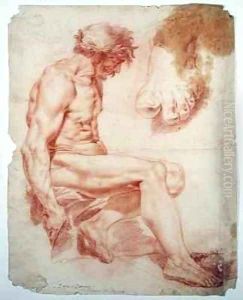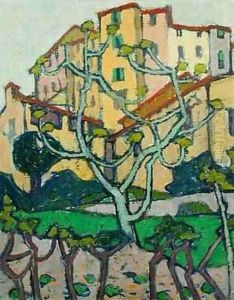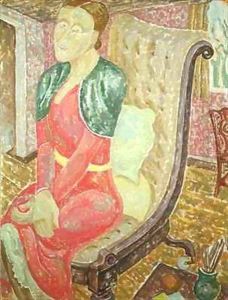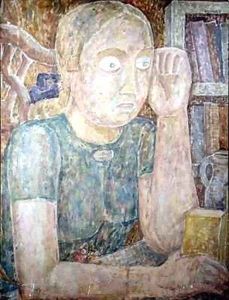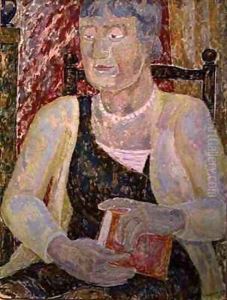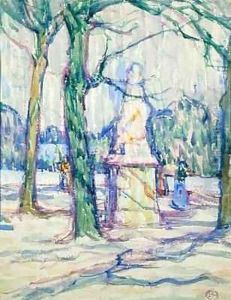Jessica Stewart Dismorr Paintings
Jessica Stewart Dismorr was an English artist who played a significant role in the early 20th-century British avant-garde movement. Born on March 9, 1885, in Gravesend, Kent, she grew up in a well-to-do family that supported her artistic ambitions. Dismorr showed an early inclination towards art, leading her to study at the Slade School of Fine Art in London, one of the most prestigious art schools in the UK, and later in Paris at the Académie de la Palette, which was known for its modernist teachings.
Dismorr's artistic journey was marked by her continuous experimentation with styles and her involvement with several avant-garde movements, including Vorticism, a movement that emerged in London around 1914. As a Vorticist, Dismorr contributed to the movement's key publication, 'BLAST', and participated in the 1915 Vorticist Exhibition in London. Her work during this period was characterized by bold geometric shapes and a dynamic sense of movement, reflecting the Vorticist fascination with modernity and the machine age.
After World War I, Dismorr's style evolved, showing influences of post-war disillusionment and a shift towards more figurative and landscape subjects. She traveled extensively throughout Europe and North Africa, with her experiences abroad deeply influencing her work. In the late 1920s and 1930s, Dismorr became associated with the Rhythm Group, a collective of artists who sought to create a new form of artistic expression that combined elements of abstraction with rhythmical forms.
Despite her involvement with these influential movements and her contributions to British modernism, Jessica Stewart Dismorr's work was somewhat overshadowed by her male contemporaries, and she struggled with personal issues and mental health problems throughout her life. Tragically, she died by suicide on August 29, 1939, just before the outbreak of World War II. Today, Dismorr's work is recognized for its innovative approach and her role as a pioneering female artist in the male-dominated art world of her time. Her paintings, drawings, and prints are held in various collections, and her contribution to the avant-garde movements of the early 20th century is increasingly celebrated.


